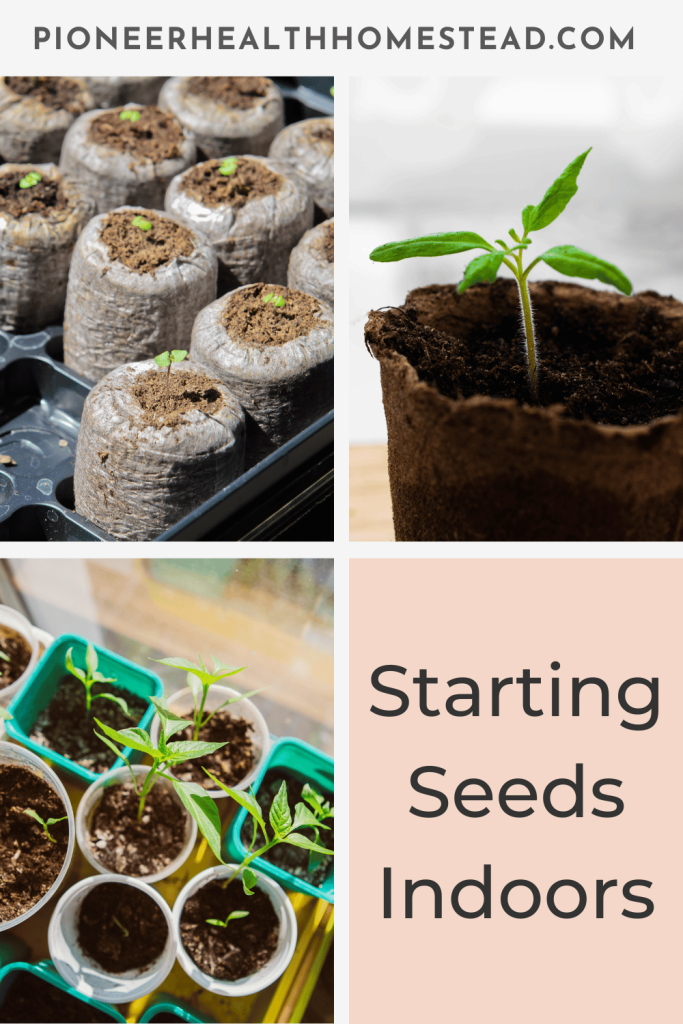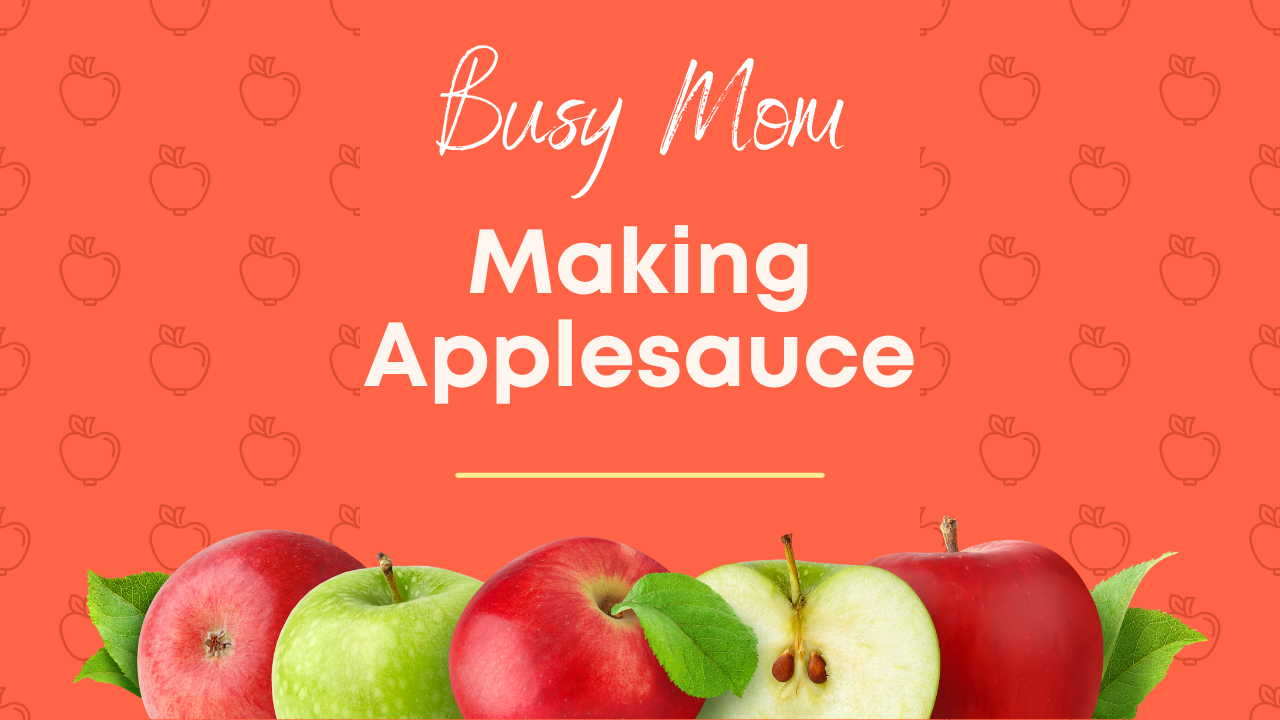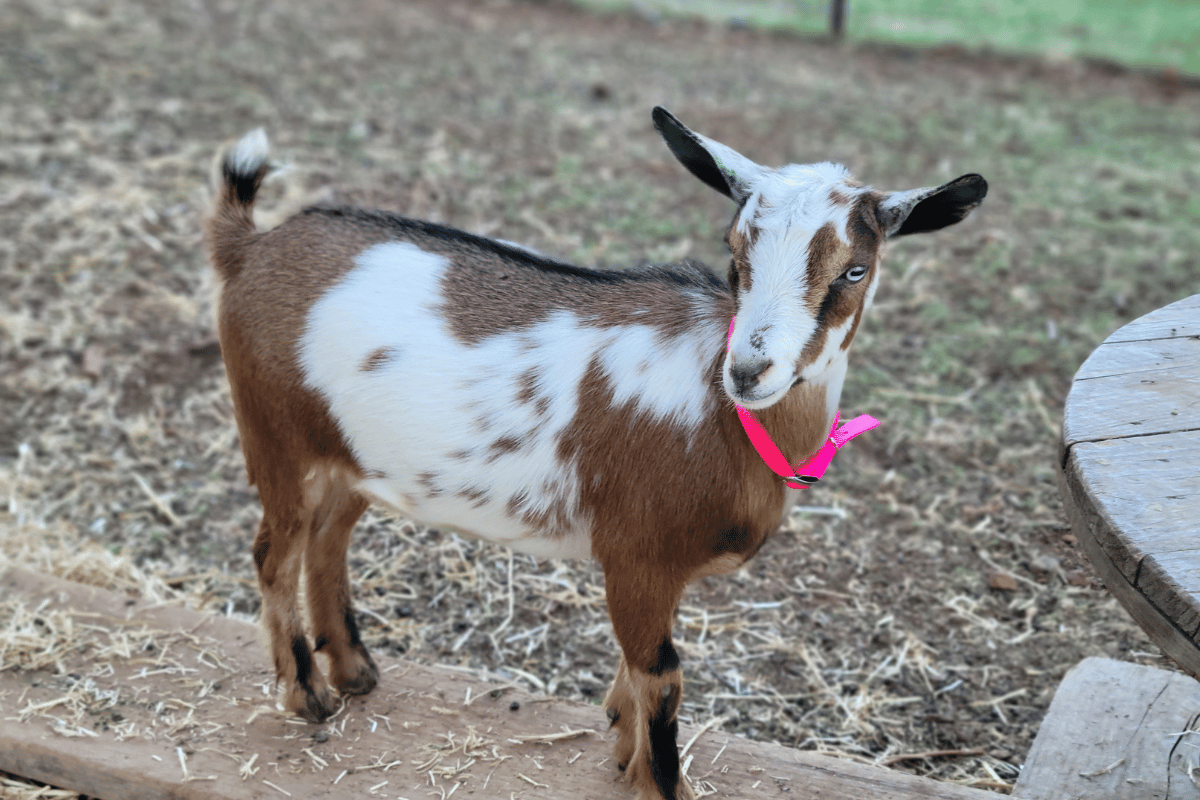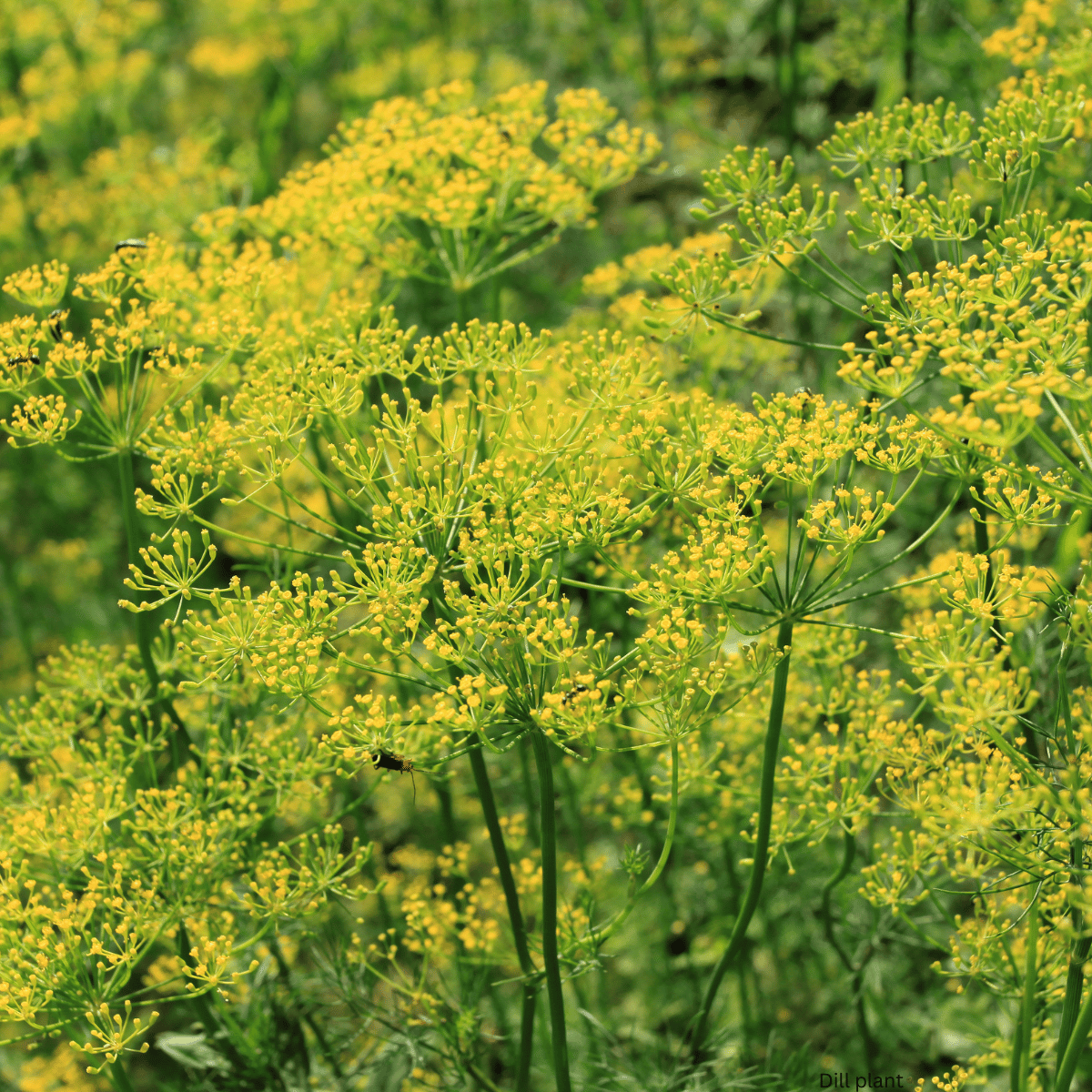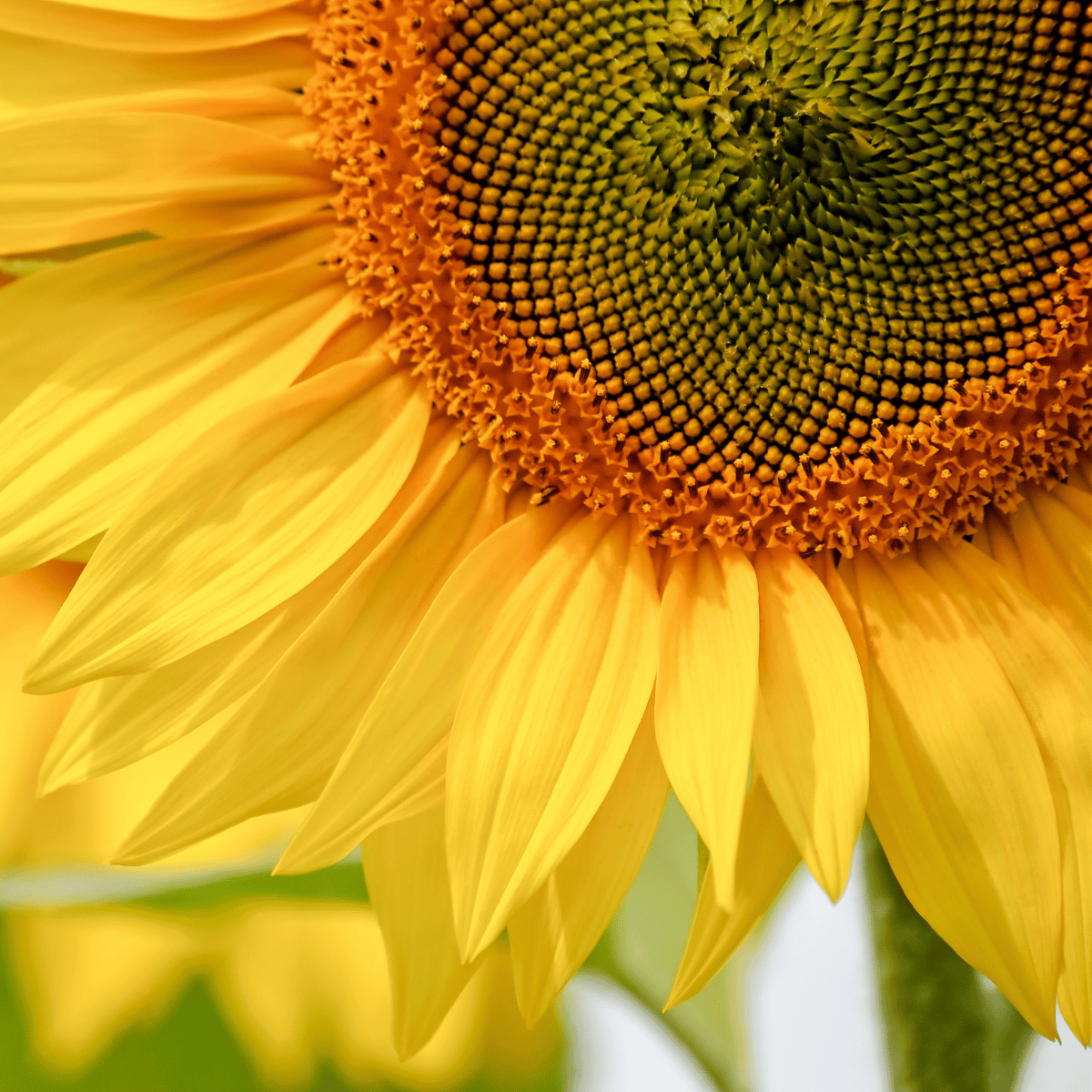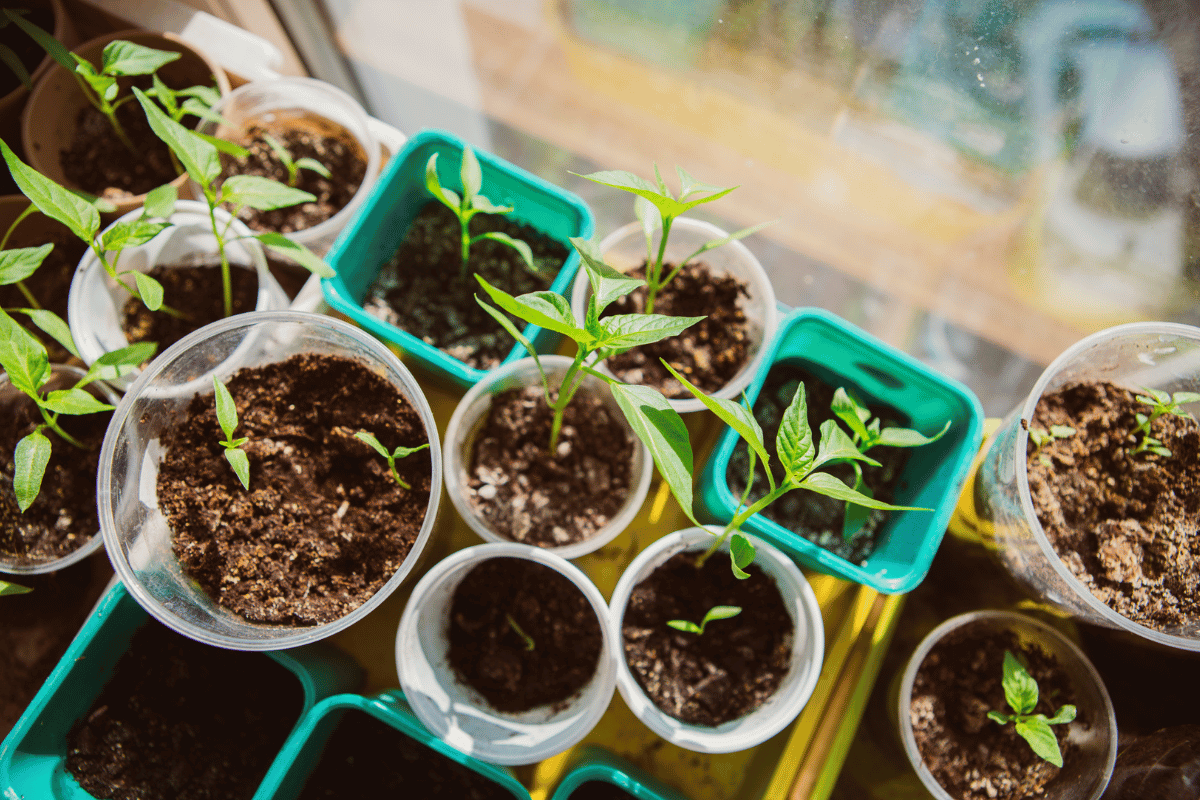Busy Mom Gardening: Tips & How to Guide Garden with Kids
This is the busy mom gardening blog post to help you do what you love with who you love: your kids. Being a busy mom who gardens, can be very challenging when it comes to managing it all. Gardening is a rewarding hobby that brings families together, teaches kids about nature, and provides fresh, homegrown produce. However, for busy moms juggling multiple responsibilities, finding the time to garden can seem challenging. Recently, many families have turned to home gardening to connect with nature and each other. In this guide, we’ll explore how busy moms can create and maintain a beautiful and productive garden with their kids, even with a packed schedule. There are added resources at the end of this blog post for busy mom gardening ideas and hacks.
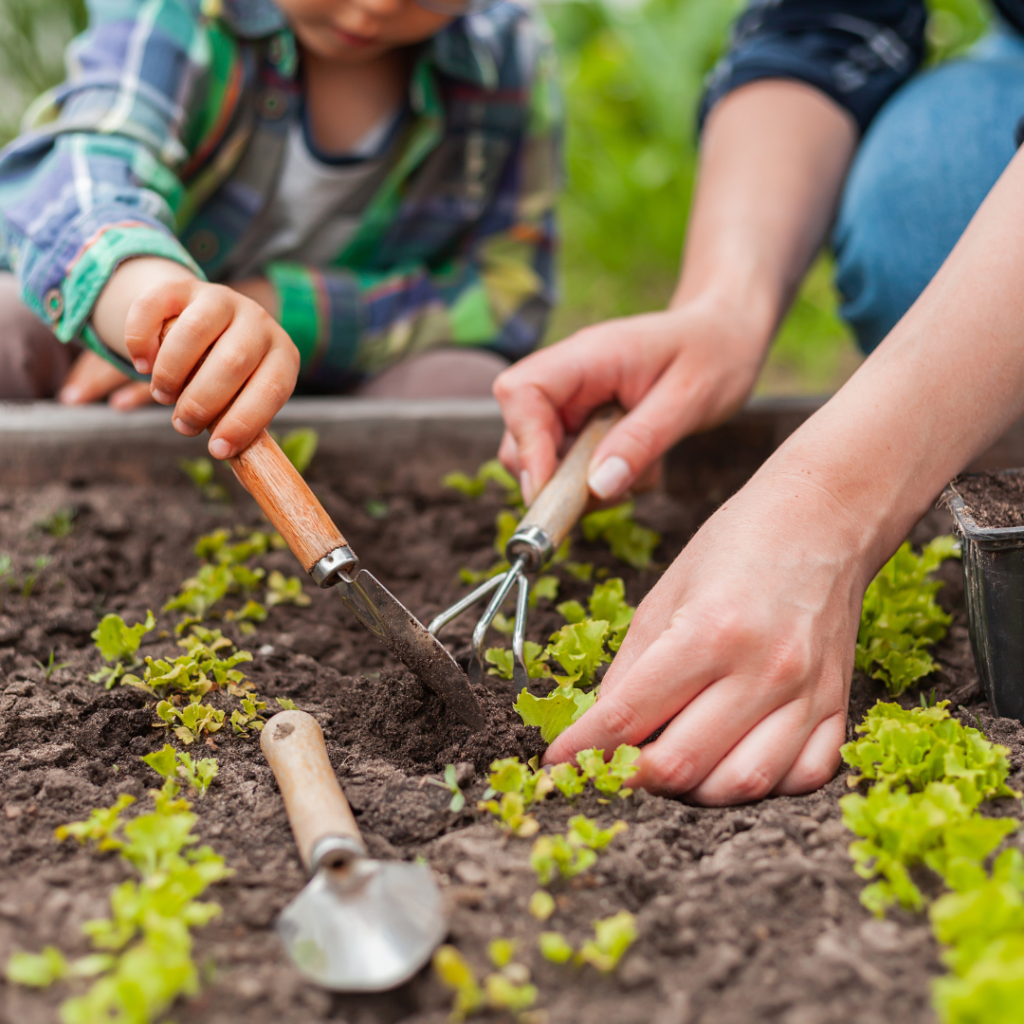
My Busy Mom Gardening Life
Like so many moms recently, we are craving the self-sufficiency that we have been introduced to recently. Over the last several years I have started gardening and simultaneously continued to add children to our family along the way. We currently have 5 kids at the time of this blog post, and I have a bigger garden than ever now it seems.
What I have had to do to continue with gardening as a busy mom I want to share with you so that you may take these suggestions and tailor them to you and your needs as a family. My ways will never work 100% for you, just as yours wouldn’t work for me 100%. But I still think there is value in learning from other busy moms.
Here are my tips, tricks, and suggestions for busy mom gardening.
Starting a Garden: The Perfect Mother’s Day Project
Starting a garden can be an exciting project, and there’s no better time to begin than around Mother’s Day. The weather is warming up, making it an ideal time to celebrate the season of growth by planting new life. This special occasion can mark the beginning of a rewarding journey that enhances your home environment and brings your family closer together.
The Ideal Timing
Mother’s Day, typically celebrated in May, coincides with the perfect planting season in many regions. The risk of frost has usually passed, and the soil is warming up, creating optimal conditions for seed germination and plant growth. This timing also allows for a full growing season, giving your plants ample time to mature and produce a bountiful harvest.
Planning Ahead for Busy Schedules
For busy moms, planning is crucial to ensure that gardening fits into your hectic lifestyle. Start by taking some time to envision your garden space. Consider the size and location—whether it’s a small corner of your yard, a balcony, or a series of containers on your patio. Assess the sunlight exposure, as most vegetables need at least six hours of direct sunlight per day.
Once you’ve identified your space, decide what you want to grow. For beginners, it’s best to start with easy-to-grow vegetables like cherry tomatoes, lettuce, and herbs. These plants require minimal maintenance and provide quick, rewarding results. Create a simple garden plan that outlines where each type of plant will go, keeping taller plants to the north to avoid shading shorter ones.
Gathering Necessary Supplies
Gathering the necessary supplies ahead of time can make the gardening process smoother and more enjoyable. Essential items include:
- Quality soil or compost: Good soil is the foundation of a healthy garden. Opt for organic compost or soil to give your plants the best start.
- Seeds or starter plants: Choose seeds or young plants from a reputable nursery. Starter plants can be easier for beginners, as they have a head start on growth.
- Gardening tools: Basic tools like a trowel, gloves, watering can, and pruners are essential. If space is limited, consider tools that can serve multiple purposes.
- Mulch: Mulching helps retain moisture, suppress weeds, and improve soil health.
- Containers or raised beds: If you’re gardening in a small space, containers or raised beds can be a great solution. They offer better control over soil quality and drainage.
The Benefits of a Vegetable Garden
A vegetable garden is a fantastic idea for busy moms for several reasons. First and foremost, it provides fresh, nutritious produce right at your doorstep. There’s nothing quite like the taste of a sun-ripened tomato straight from the vine or the crispness of freshly picked lettuce. Growing your own vegetables can also save money and reduce trips to the grocery store.
Moreover, gardening offers a wonderful opportunity for quality family time. Involve your kids in the process from the start. They can help with planting seeds, watering, and eventually harvesting the produce. This not only teaches them about where food comes from but also instills a sense of responsibility and accomplishment.
Gardening is also a great learning experience for kids. It introduces them to basic science concepts like plant biology, the water cycle, and the importance of sunlight and soil nutrients. Watching plants grow from tiny seeds into mature, fruit-bearing plants can be a magical and educational journey.
Making It a Memorable Mother’s Day
Turn your gardening project into a memorable Mother’s Day event. Involve the whole family in the planning and planting process. You can even make it a tradition to plant something new each year on Mother’s Day. This not only enhances your garden over time but also creates lasting memories and a family legacy of gardening together.
Planning Your Garden: Laying the Foundation for Success
Planning your garden is a critical step in ensuring a thriving, productive space that brings joy and fresh produce to your family. For busy moms, effective planning can make the difference between a garden that flourishes and one that becomes overwhelming. Here’s how to get started on the right foot.
Choosing the Best Vegetables
When selecting what to grow, it’s essential to choose vegetables that are not only suitable for your climate and soil conditions but also easy to maintain and enjoy eating. Here are a few excellent choices:
- Cherry Tomatoes: These are perfect for beginners and kids. They grow well in containers and produce a prolific harvest. Cherry tomatoes are sweet, and versatile, and can be eaten straight off the vine, added to salads, or used in cooking.
- Sugar Snap Peas: These peas are another great choice, especially for early planting. They thrive in cooler temperatures and can be grown vertically, saving space. They are sweet and crunchy, making a perfect snack for kids.
- Cucumber Seeds: Cucumbers are fast-growing and can be trained to grow vertically on a trellis, making them ideal for small spaces. They are refreshing and can be used in salads, sandwiches, or pickles.
Deciding on the Type of Garden
The type of garden you choose will depend on your available space, soil quality, and personal preferences. Here are some options to consider:
- Raised Beds: Raised beds are an excellent choice if you have poor soil quality or want to minimize bending and kneeling. They offer better control over soil conditions and drainage. Raised beds can be built from wood, stone, or other materials and come in various sizes to fit your space.
- Container Gardening: If you have limited space, container gardening is a fantastic solution. You can grow a variety of vegetables in pots, buckets, or other containers on your patio, balcony, or windowsill. Containers allow for flexibility and mobility, making it easy to move plants to optimal locations for sunlight.
- Tower Gardens: Tower gardens are vertical structures that maximize space by allowing plants to grow upwards. They are perfect for small gardens or urban settings and can hold a variety of plants. Tower gardens are efficient and often come with built-in watering systems.
Selecting the Right Location
The location of your garden is crucial for the success of your plants. Most vegetables require at least six hours of direct sunlight per day, so choose a spot that receives ample sunlight. Additionally, consider the accessibility of the garden. It should be close to a water source and easily accessible for maintenance and harvesting.
Preparing Your Garden Soil
Healthy soil is the foundation of a thriving garden. Before planting, prepare your soil by incorporating organic matter such as compost or well-rotted manure. This improves soil structure, drainage, and nutrient content. If you’re using raised beds or containers, fill them with a high-quality potting mix designed for vegetables.
Creating a Garden Plan
A well-thought-out garden plan can save you time and effort throughout the growing season. Sketch a layout of your garden space, indicating where each type of plant will go. Consider the mature size of the plants and their spacing requirements. Group plants with similar needs together to simplify watering and care.
Incorporating Companion Planting
Companion planting is a natural way to boost plant health and deter pests. For example, planting marigolds among your vegetables can repel harmful insects, while herbs like basil can enhance the flavor of tomatoes. Research companion plants that benefit your chosen vegetables and incorporate them into your garden plan.
Making It Family-Friendly
Design your garden with family involvement in mind. Create paths that make it easy for kids to navigate and participate in gardening activities. Assign specific garden tasks to each family member based on their age and abilities. This fosters a sense of ownership and teamwork.
Gathering Supplies and Tools
Having the right supplies and tools on hand makes gardening more efficient and enjoyable. In addition to basic tools like a trowel, gloves, and a watering can, consider investing in items that can save time, such as drip irrigation systems or self-watering containers. Mulch, compost, and organic fertilizers are also essential for maintaining healthy plants.
Starting Seeds Indoors
For a head start on the growing season, consider starting seeds indoors a few weeks before the last frost date. Use seed trays or small pots and place them in a sunny window or under grow lights. This allows you to transplant strong, established seedlings into your garden, giving them a better chance of success.
Utilizing Local Resources
Don’t hesitate to take advantage of local resources. Visit nearby nurseries and garden centers for advice and to purchase plants and supplies. Many local farms offer seedlings that are well-suited to your area’s climate and growing conditions. Community gardening groups or local extension services can also provide valuable support and information.
Time-Saving Gardening Tips for Busy Moms
One of the biggest concerns for busy moms is the time commitment. The good news is that you don’t need a lot of time to maintain a successful garden. Start small with a garden bed or a few containers. Using natural pest control methods such as banana peels and coffee grounds can save time and reduce the need for chemical pesticides. These household items are effective and add nutrients to the soil without any additional cost. Mulching your garden beds is another time-saver as it helps retain moisture and reduce weeds, meaning less frequent watering and weeding.
One of the most significant concerns for busy moms is finding the time to tend to a garden. Fortunately, with some strategic planning and time-saving techniques, you can maintain a flourishing garden without spending hours every day.
Start Small
Begin with a manageable space, such as a small garden bed or a few containers. This allows you to get a feel for gardening without feeling overwhelmed. As you gain confidence and experience, you can gradually expand your garden.
Natural Pest Control
Natural pest control methods not only save time but also protect your garden from harmful chemicals. For example, banana peels can be buried near plants to deter aphids. Coffee grounds can repel slugs and snails while adding nitrogen to the soil. These methods are not only effective but also cost-free, as they make use of household waste.
Mulching
Mulching is one of the most effective time-saving techniques in gardening. A layer of mulch around your plants helps retain moisture, reducing the need for frequent watering. It also suppresses weeds, cutting down on the time you need to spend weeding. Organic mulches like straw, leaves, or wood chips also decompose over time, enriching the soil.
Efficient Watering
Invest in an efficient watering system, such as a drip irrigation setup or soaker hoses. These systems deliver water directly to the plant roots, minimizing water waste and reducing the time you spend hand-watering. Set them on a timer to ensure your plants get consistent moisture even when you’re busy.
Weed Control
To minimize the time spent on weeding, stay on top of it early in the season. Regularly pulling small weeds is much quicker and easier than dealing with large, established ones. Mulch and cover crops can also help suppress weed growth.
Plant Selection
Choose low-maintenance plants that are well-suited to your climate and soil conditions. Native plants often require less water and care than exotic species. Additionally, perennial vegetables and herbs, such as asparagus and thyme, come back year after year, reducing the need for replanting.
Maximizing Space
Use vertical gardening techniques, such as trellises and towers, to maximize your space and make maintenance easier. Growing plants vertically reduces bending and kneeling, making tasks quicker and more comfortable.
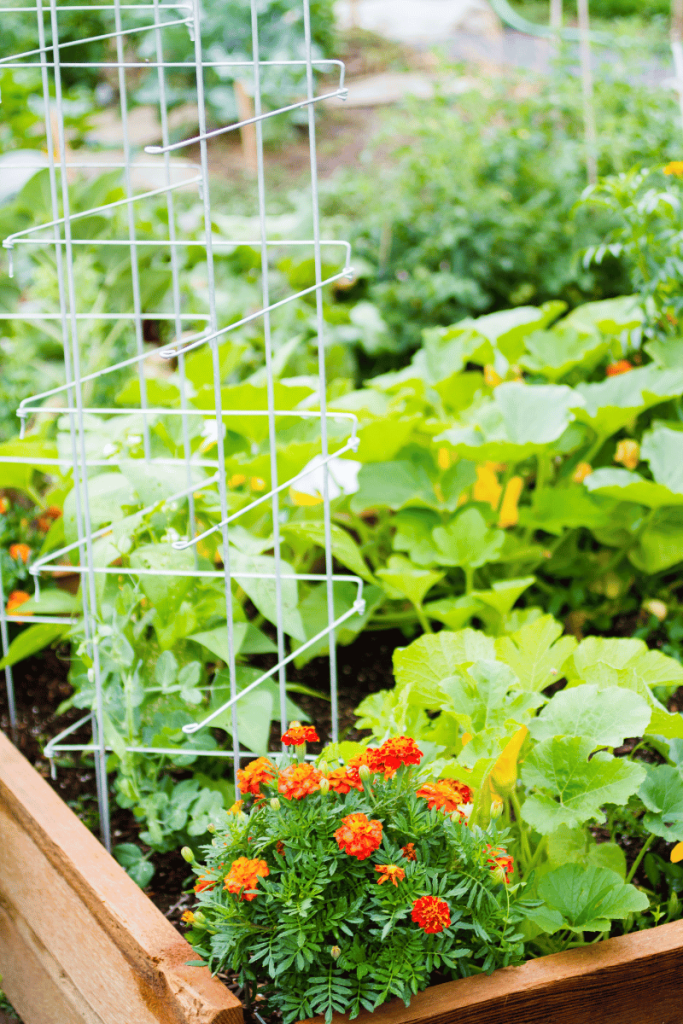
Companion Planting
Companion planting involves growing certain plants together that benefit each other. For example, planting basil near tomatoes can enhance their growth and flavor while repelling pests. This natural method reduces the need for pest control and improves overall plant health.
Gardening with Kids
Gardening is a great learning experience for kids, teaching them about responsibility, nature, and where food comes from. Involve your kids by giving them fun and simple tasks like planting cucumber seeds, watering new plants, and using a worm bin for composting. These activities are not only educational but also enjoyable for children, making them feel involved and responsible. Plus, gardening together provides valuable quality time for the whole family.
Gardening with kids is not only a wonderful way to bond but also offers numerous educational benefits. It teaches children about responsibility, the life cycle of plants, and the importance of caring for the environment. Here’s how to make gardening a fun and educational activity for your kids.
Simple and Fun Tasks
Engage your kids with age-appropriate tasks that are both fun and educational. Planting seeds is a great starting point. Show them how to plant cucumber seeds in a small hole, cover them with soil, and water them gently. This hands-on activity helps them understand how plants begin their life cycle.
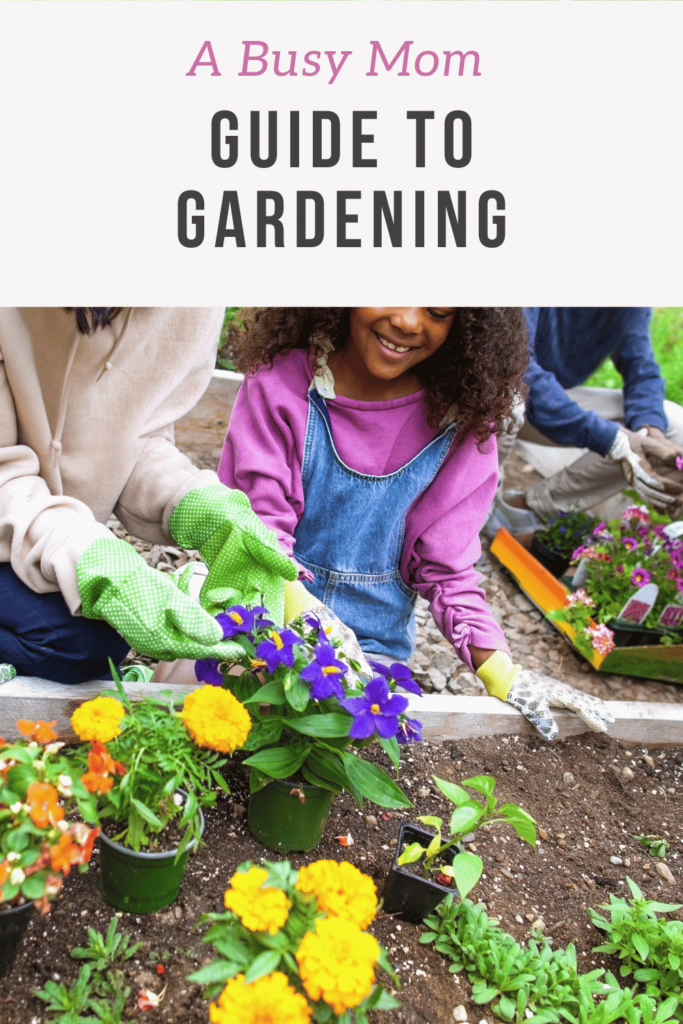
Watering Plants
Watering is a simple yet crucial task that kids can easily handle. Give them a small watering can and teach them how to water plants at the base to avoid wetting the leaves. This not only helps the plants but also instills a sense of responsibility in the children.
Composting with a Worm Bin
Using a worm bin for composting is a fascinating activity for kids. They can learn about recycling kitchen scraps into valuable compost. Show them how to add food scraps to the bin and explain the role of worms in breaking down organic matter. This process teaches them about decomposition and soil health.
This can be a great homeschool or science fair project as well.
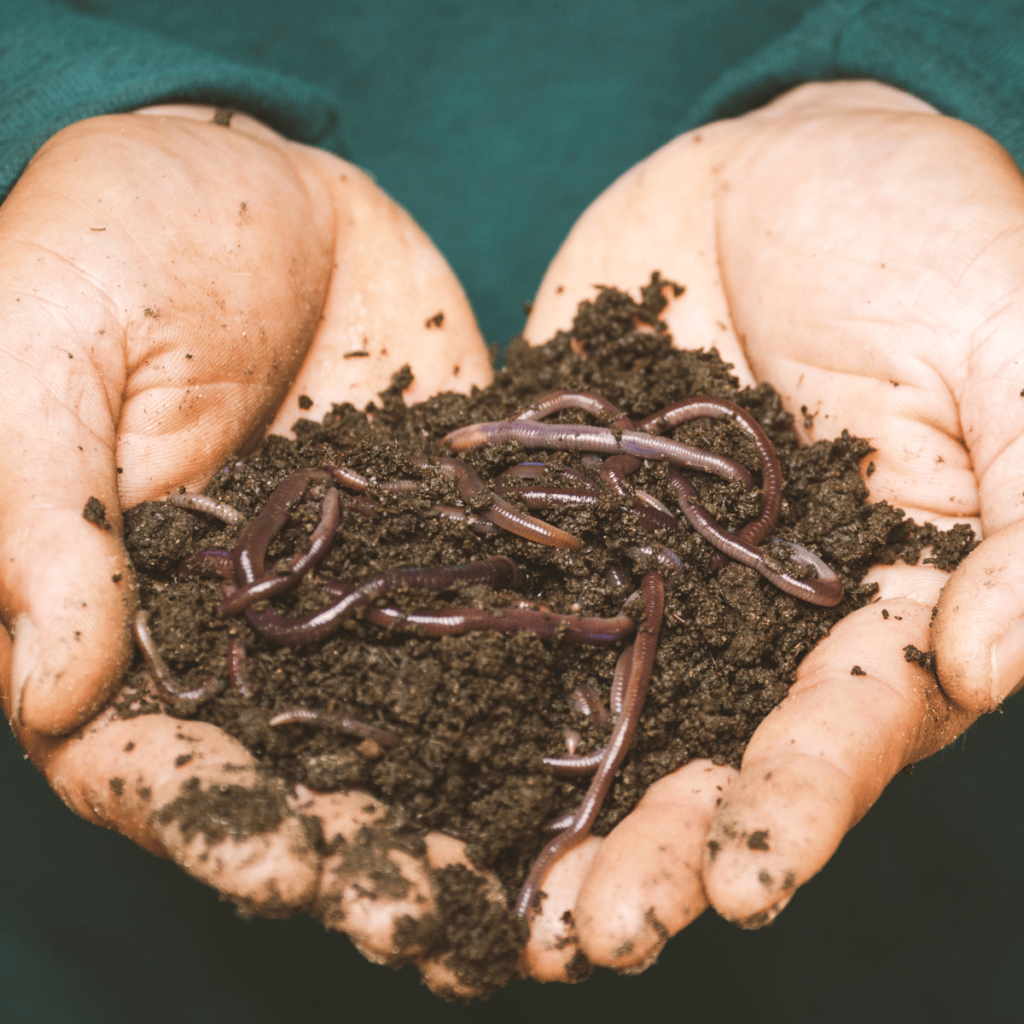
Exploring Plant Growth
Involve your kids in tracking the growth of plants. They can measure plants weekly, make drawings, or take photos to document the changes. This encourages observation and patience, as they watch the plants grow and develop.
Harvesting and Cooking
Harvesting the fruits of their labor is incredibly rewarding for kids. Let them pick ripe vegetables and fruits, and then involve them in simple cooking activities using the produce. This not only connects them to their food but also promotes healthy eating habits.
Creating a Kid-Friendly Garden Space
Designate a specific area of the garden for your kids. Let them choose what to plant and take care of their own garden section. This gives them a sense of ownership and pride in their work. Use colorful garden markers and fun decorations to make the space inviting.
Educational Activities
Incorporate educational activities into your gardening routine. Teach your kids about different plant parts, the importance of pollinators, and the basics of photosynthesis. Simple experiments, like growing beans in a clear jar to observe root growth, can be both fun and informative.
Patience and Encouragement
Gardening teaches kids about patience and the rewards of consistent effort. Encourage them to be patient as they wait for seeds to sprout and plants to grow. Celebrate their achievements and milestones, no matter how small, to keep them motivated and excited.
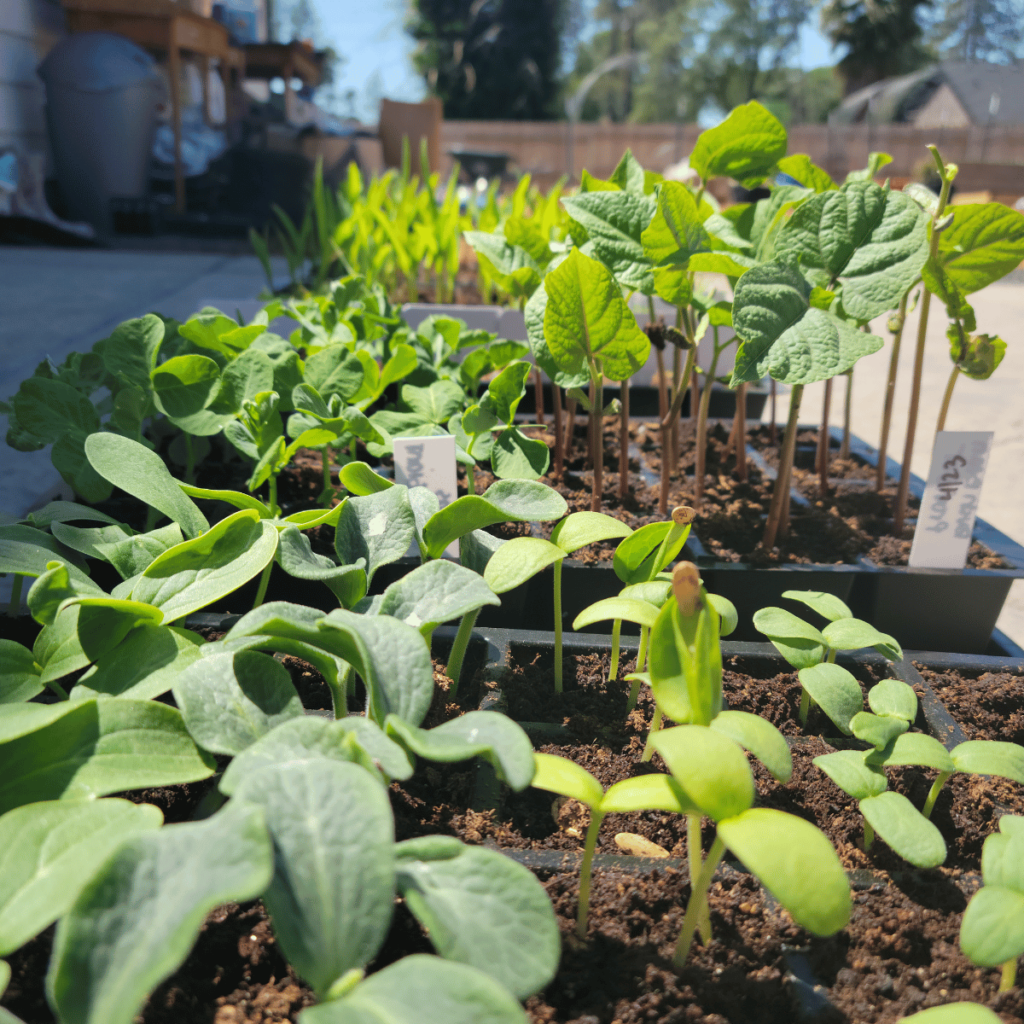
Safety First
Ensure that gardening activities are safe for your kids. Provide child-sized tools and supervise them closely, especially when using sharp objects or handling plants with thorns or irritants.
By involving your kids in the garden, you create a shared project that offers endless learning opportunities and fosters a love for nature. Gardening together strengthens family bonds and creates lasting memories.
Maximizing Your Garden’s Potential
To make the most of the growing season, careful planning is essential. Keep a calendar to track planting and harvesting times. This ensures you’re planting your crops at the right time for optimal growth. Tips from a gardening expert can be invaluable. For instance, using compost tea can boost plant health and growth with minimal effort. Natural ways to enhance plant growth, such as adding organic matter to your soil and practicing crop rotation, can also help maximize your garden’s potential without taking up much time.
Making the most of your garden’s potential involves strategic planning and utilizing effective gardening techniques. Here’s how to ensure your garden thrives throughout the growing season.
Track Planting and Harvesting Times
Maintaining a gardening calendar is a simple yet effective way to maximize your garden’s productivity. Note the ideal planting times for each vegetable, taking into account your local climate and frost dates. Record when you plant seeds or seedlings, and mark expected harvest dates. This helps you plan successive plantings to ensure a continuous harvest throughout the season.
Soil Health and Preparation
Healthy soil is the foundation of a productive garden. Before planting, improve your soil by adding organic matter such as compost, aged manure, or leaf mold. These materials enhance soil structure, improve drainage, and provide essential nutrients. Conduct a soil test to determine its pH and nutrient levels, and amend it accordingly to create optimal growing conditions.
Using Compost Tea
Compost tea is a nutrient-rich liquid made from steeping compost in water. It acts as a natural fertilizer, providing plants with essential nutrients and beneficial microorganisms. To make compost tea, fill a container with water, add a bag of compost, and let it steep for a few days. Use the resulting liquid to water your plants, giving them a boost without much effort.
Practicing Crop Rotation
Crop rotation involves changing the location of plant families in your garden each year. This practice helps prevent soil depletion, reduces the buildup of pests and diseases, and improves soil health. For example, follow heavy-feeding crops like tomatoes with nitrogen-fixing legumes like beans or peas. Rotate root crops, leaf crops, and fruit crops to maintain soil balance and fertility.
Succession Planting
Maximize your garden’s output by practicing succession planting. This involves planting a new crop as soon as it is harvested. For instance, after harvesting early spring peas, plant a summer crop like beans or cucumbers. This keeps your garden productive throughout the growing season and ensures a continuous supply of fresh produce.
Companion Planting
Companion planting is a technique where certain plants are grown together to benefit each other. For example, planting basil near tomatoes can improve their flavor and deter pests. Marigolds can repel nematodes and attract beneficial insects. Research companion plants that work well with your chosen vegetables and incorporate them into your garden plan.
Efficient Garden Maintenance
Maintaining a garden doesn’t have to be overwhelming. Break tasks into small, manageable steps. Regular, small tasks like adding a layer of mulch, using natural pest control, and consistent watering can keep your garden healthy. Mulching not only conserves water but also suppresses weeds, reducing the time you need to spend weeding. Implementing natural pest control methods, like introducing beneficial insects or using homemade sprays, can keep your plants healthy without the need for constant intervention. This approach makes gardening a lot less work and more enjoyable.
Harvesting and Enjoying Your Garden
Knowing when and how to harvest your produce is crucial for the best flavor and nutritional value. For example, cherry tomatoes are sweetest when they’re fully ripe and easily detach from the vine. Incorporate your fresh produce into family meals. Simple recipes using homegrown vegetables not only taste better but also provide a sense of accomplishment. Enjoying a salad made with your own homegrown lettuce, tomatoes, and cucumbers is incredibly satisfying and healthy.
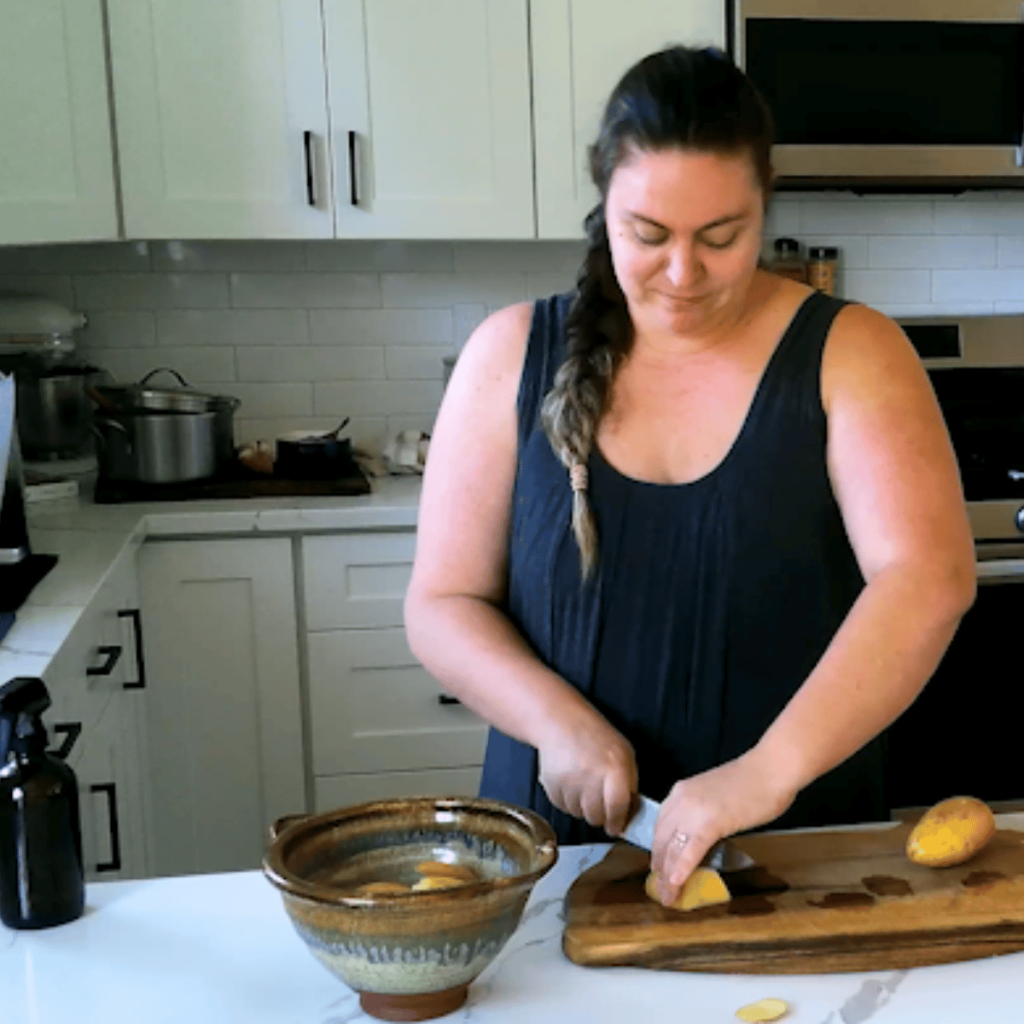
Additional Tips and Resources
To make your gardening journey even smoother, here are some additional tips and resources that can provide valuable support and enhance your experience:
- Visit Local Farms
- Expert Advice: Local farms are a fantastic resource for expert advice. Farmers and nursery staff can offer insights specific to your region’s climate and soil conditions, helping you choose the best plants for your garden.
- Well-Suited Plants: These farms often sell plants that are better adapted to your local environment, increasing your chances of success.
- Support Local Agriculture: By purchasing from local farms, you support your community and promote sustainable agricultural practices.
- Affiliate Links to Gardening Tools and Supplies
- Reliable Products: Check out our recommended gardening tools and supplies through our resources page. These products are reliable and of high quality, making your gardening tasks easier and more efficient.
- Further Resources
- Educational Websites: Visit these websites for comprehensive gardening tips, plant care guides, and troubleshooting advice:
- YouTube Channels and Podcasts
- Visual Learning: Follow YouTube channels that provide step-by-step tutorials and gardening inspiration. Some popular channels include:
- Gardening Apps
- Plant Identification: Use apps like PlantSnap or PictureThis to help identify plants and diagnose problems.
- Gardening Planner: Try apps like Gardroid or Gardenate to help plan and track your planting schedules.
- Workshops and Classes
- Local Workshops: Participate in local gardening workshops or classes offered by community centers, botanical gardens, or agricultural extensions to enhance your skills.
- Online Courses: Take online gardening courses for more in-depth learning. Websites like Coursera, Udemy, and Skillshare offer a variety of courses to suit different skill levels.
- Gardening Blogs and Influencers
- Inspiration and Tips: Follow gardening blogs and influencers (like us here at Pioneer Health Homestead) for ongoing inspiration and practical tips. Notable gardening bloggers and influencers include:
- Roots and Refuge Farm
- Inspiration and Tips: Follow gardening blogs and influencers (like us here at Pioneer Health Homestead) for ongoing inspiration and practical tips. Notable gardening bloggers and influencers include:
Conclusion
Gardening as a busy mom can seem like a daunting task, but with the right planning, time-saving techniques, and family involvement, it can become a rewarding and enjoyable activity. Starting your garden around Mother’s Day is a perfect way to celebrate new beginnings, and involving your kids turns gardening into a valuable learning experience and quality family time.
By choosing the right plants, such as cherry tomatoes, sugar snap peas, and cucumbers, and employing efficient gardening methods like raised beds and container gardening, you can create a thriving vegetable garden without a lot of work. Utilize natural pest control methods, make use of local resources, and invest in reliable tools to streamline your efforts.
Remember, gardening is not just about the harvest; it’s about the journey and the memories you create with your family. Use the additional tips and resources provided to further enhance your gardening experience, and don’t hesitate to reach out to local farms, online communities, and educational support materials.
Happy gardening, and enjoy the fruits (and vegetables) of your labor!
